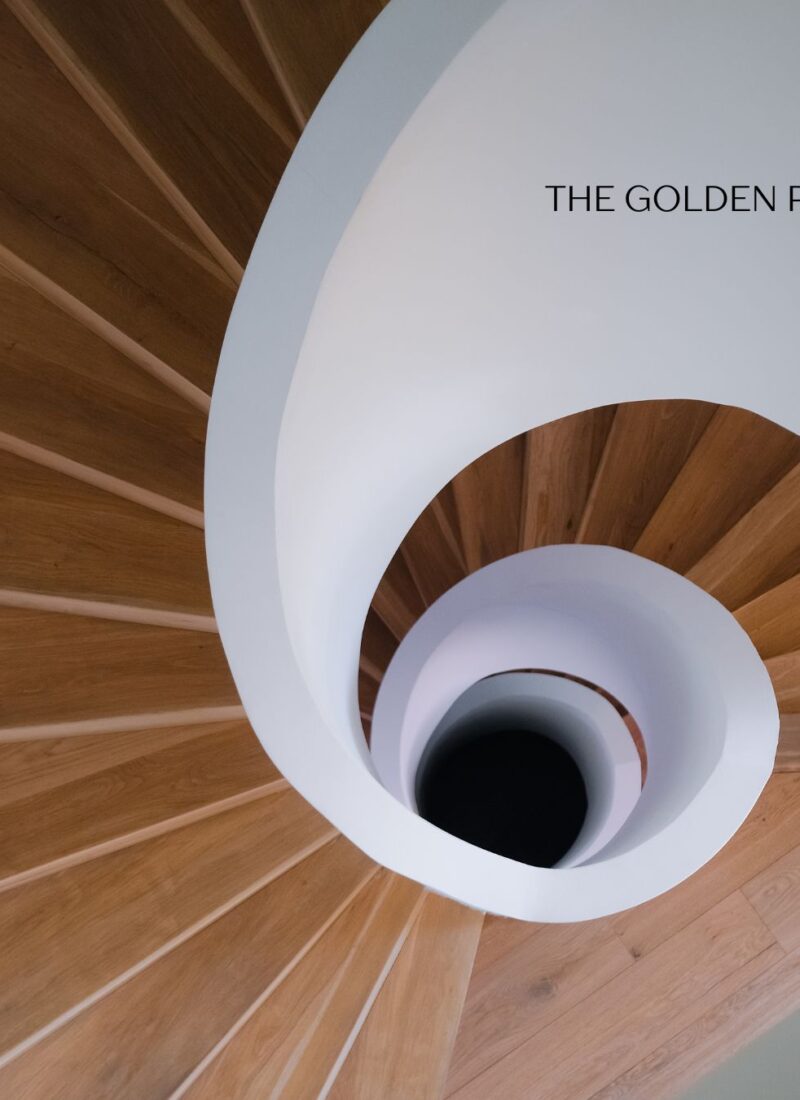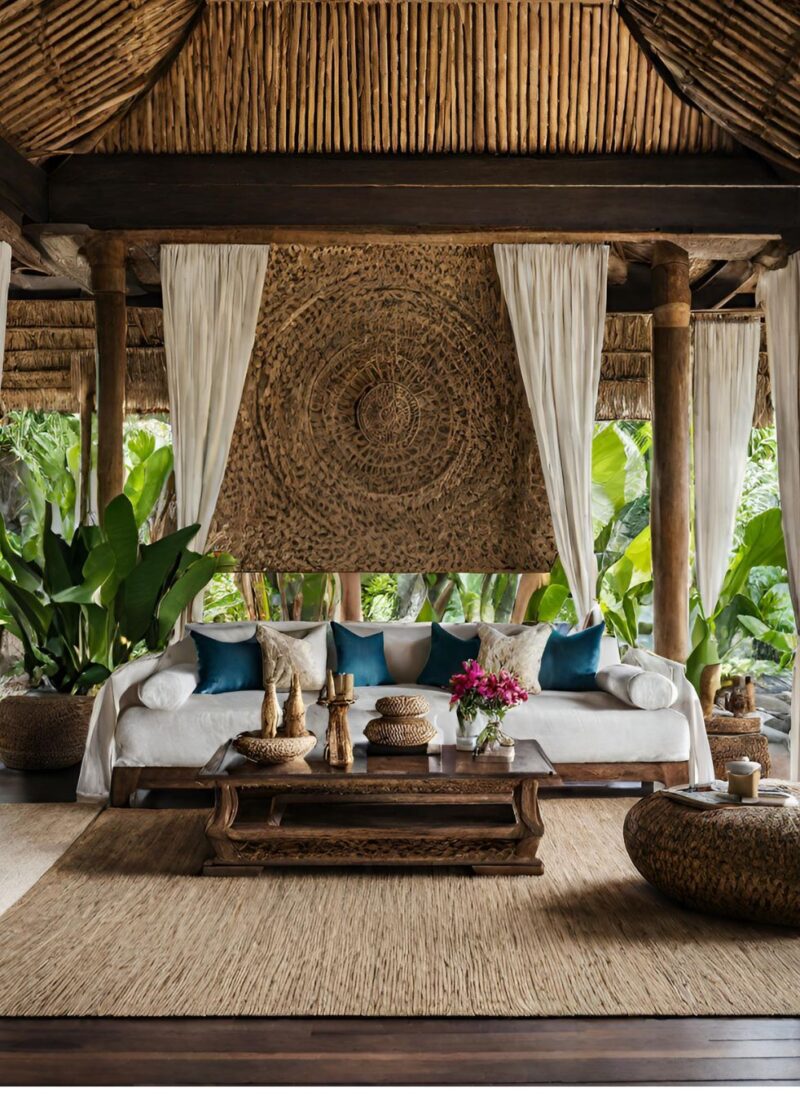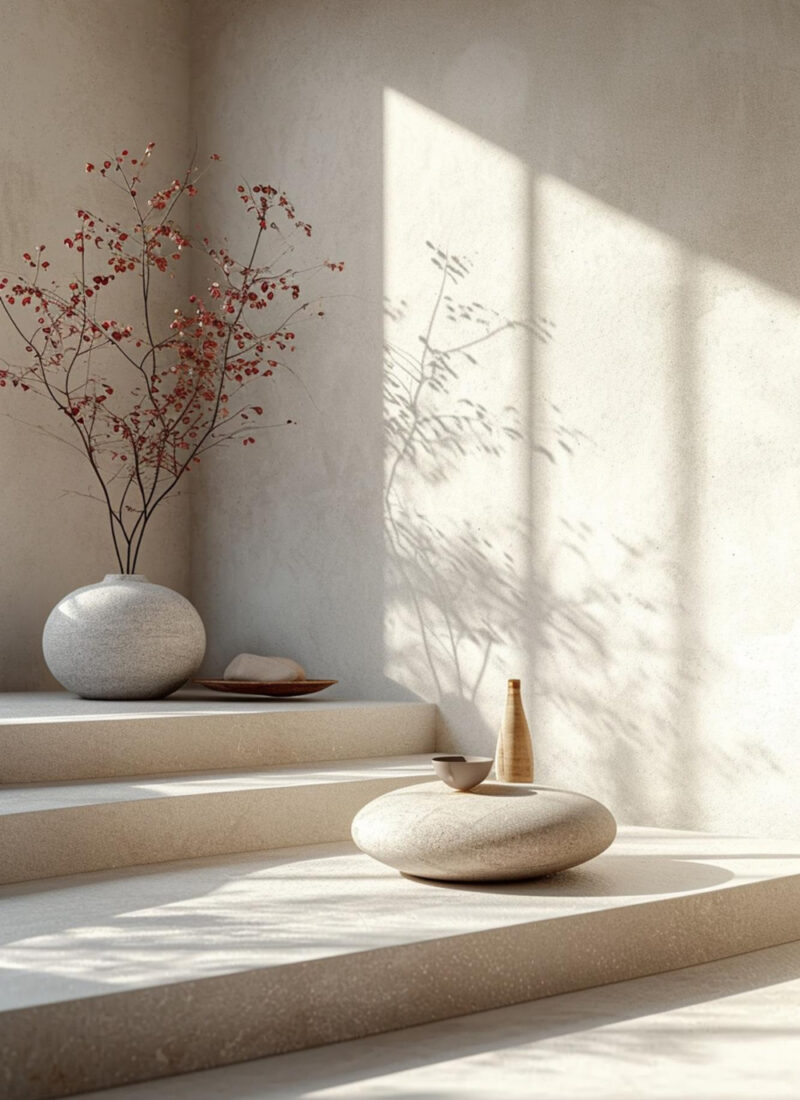Do you think the Minimalist design is too much for your taste? Do you prefer a warmer and more organic design style? Perhaps the Scandinavian interior design is the right one for you. This article guides you on how to use Scandinavian interior design as the inspiration for your home.
What Is the Scandinavian Interior Design
The Scandinavian design gets its inspiration from various design schools including the Minimalist, Rustic, and Mid Century design styles. Clean lines and function over form are trademarks of the minimalist movement which is also exhibited by the Scandinavian design. The use of wood as one of its major materials is derived from the Rustic design style. The Mid Century Modern Movement came about at almost the same time as the Scandinavian or Nordic interior design. Both interior design schools use geometric forms as one of their elements.
Photo by Francesca Tosolini on Unsplash
The Scandinavians have a penchant for the outdoors and that reflects strongly with the Scandinavian design. That being said, it’s important that you incorporate wood-inspired palettes as well as plants.
The appeal of the Scandinavian interior design lies in how it makes the homeowner feel comfortable after a day’s work. Its uncluttered look, subdued colors, clean lines, and warm lighting evoke emotions that relax the soul.
The Brief History of the Scandinavian Design
The Scandinavian style decor originated from Scandinavia, a European region that encompasses Sweden, Norway, and Denmark. There is great emphasis on nature in these countries so it’s not surprising that natural elements are major inclusions to the Scandinavian Design Movement.
The Scandinavian Interior Movement started almost 75 years ago at the same time when the MidCentury Modern Design was starting to flourish. Simple and functional, the Nordic style has grown in popularity since then, especially with the IKEA fame.
Nowadays, there are several offshoots of the Scandinavian design movement, including the Japandi Interior Style. This design is a collaboration between the Nordic design style and the Japanese rustic style.
Elements of Scandinavian Design
How do you define Scandinavian interior design? Know the elements of this design style.
Hygge
According to the Oxford dictionary, hygge is the feeling of comfort that results in a feeling of well-being. Hygge is the essence of the Scandinavian soul at large. It’s embracing the simple things in life. It’s important that they do this as they have to tackle long nights and short days during winter.
Minimalist Styling
The Scandinavian design outlook takes a no-frills approach where furniture should be functional and not overly excessive. Unlike the Minimalist approach, which can be rather cold, the Scandinavian design style incorporates warmth into the design mix, inviting you to come in and relax.
The furniture of the Scandinavian style also follows the minimalist form. The simplicity of the design makes it more streamlined and maintains clutter-free aesthetics.
Recent Post: What Is Tropical Interior Design
Very Personal Design
Take a look at the Scandinavian bedroom design and you’d see that there are no hard and fast rules. This only means one thing: it can be personalized to suit your color and pattern preferences.
Wood Tones
Scandinavian design-inspired furniture often has warm wood finishes. Wall accents are also made of wood. In a Scandinavian living room design, you can find floorings and slats made of wood. Juxtapose this with rugs with natural materials to keep with the soft and airy vibe.
Neutral Palette
Neutral pallets match well with wood accents. Also, it’s incorrect to assume that the Scandinavian design is devoid of color, albeit it can sometimes be monochromatic.
The best combination is to choose cool yet soft neutral tones. Choose warm whites, ivory, blush, and eggshell colors. If you want to stay true to what Scandinavians use in their homes, you can try Millenial pink and muted blue-gray tones.
Natural Materials
The space is relaxed- and what better way to showcase this feel but to add natural textures like rattan, jute, wool, and linen.
Another key element in a modern Scandinavian living room is a different mix of lighting, which can be organic or artificial. Warm lights make the room cozier and more inviting.
Tips on Making Your Home More Scandinavian
Are you ready for a Scandinavian interior design style? The Scandinavian room is suitable for those who like to DIY their furniture and other living space elements. The ideal person who would love this school of design loves to incorporate nature into the design, thus, loves to add sustainable materials into the mix.
Remember to Remove Clutter
The Nordic interior screams minimalism. This means you need to remove unessential elements in the room. Eliminate decor and furniture that aren’t functional or useful. Make sure what you include is what you want. This makes sense because traditional Scandinavian homes are generally small so extravagant accents can’t be included in such small spaces.
Embrace Nature
Nature is vital in a Scandi living room. Make sure that you include natural materials. Create a table out of a tree stump. This makes a great conversation piece. Look for a sofa with an exposed wooden frame. Darker finishes evoke warmth but if you want a lighter vibe, choose a lighter colored wood accent such as pine or birch.
Create a Calm Room
Hygge is at the heart of the Scandinavian interior design living room. Neutrals have a calming effect on the soul. To avoid having a boring look, make sure these neutrals are high in contrast. Pair these colors with bright whites but add browns, too, to soften the vibe. Allow a lot of natural light to come into the room.
Photo by Rachel Claire from Pexels
A Scandinavian interior design has cozy vibes. Add candles if you don’t have a fireplace. The flames from these two create a restful mood, especially during cold nights.
Simplicity Is Key
Smaller furniture pieces should be kept simple. These elements should keep you happy or at least create an aura of comfort. An uncluttered Nordic decor creates a relaxing room, easy on the eyes. Add vases with flowers or trays for your coffee. These simple joys awaken the senses without overstimulating them. If you can, look for chairs with a spindle design, a common Scandinavian design element.
Photo by Taryn Elliott from Pexels
Layer Materials and Textures
In a sense, Scandinavian living room designs have rustic design elements. You are encouraged to incorporate wood to create a sense of outdoors indoors while still maintaining a minimalist style. You can choose wooden furniture pieces with clean-cut lines.
Photo by Becca Tapert on Unsplash
To avoid being too minimalistic, include textural elements such as throw pillows in faux fur or knit tapestries and shiplap accent wall panels. You are incorporating sensorial elements into the mix, thus, making the space more inviting.
Cozy Nooks
A large room can be lifeless but creating a vibrant corner enlivens it. You can add a cozy chair where you can cuddle up during times you want your Me-time. Add some comfortable cushions and some faux sheepskin rug to keep your toes from freezing at night. Add a basket to store your knitting materials or books.
Photo by Alyssa Strohmann on Unsplash
Homey Dining Spaces
The traditional Scandinavian interior design emphasizes the dining room is an area of coziness and intimacy. Add a table made of maple wood and match this with wishbone chairs. Choose pendant lighting fixtures with warm colors to enhance familiarity.
Add High-Contrast Elements
Whether that is the pendant light or cabinet, accessorize your room using smaller, high-contrast elements. This will keep the balance as well as add punch to a rather neutral room. Additionally, these colors create visual interest.
For an edgier look, you can add splashes of black to neutrals. You must remember that black acts as the accent. Try using black-checkered pillows and add black photo frames. One rule of thumb is not to overdo your black color pop-ups. Otherwise, this becomes a graphic-style room.
Cozy Bedroom Vibe
The Scandi-style bedroom is Bohemian yet minimalist. The upholstery should be made from natural materials, highlighting the neutral colors. Add a wicker basket, placing it on the floor to complete the look.
Balance Streamlined Furniture Pieces with Curvy Accents
For balance, you can combine larger, linear furniture with smaller, curvier design elements. Mix a rounded stool with a square dining table. A sectional can be paired with a rounded floor lamp. Use the smaller elements as your accent pieces. For instance, showcase hand-made ceramics on top of your console table in your Scandinavian dining room.
Allow Plenty of Light to Come In
The Scandinavian design needs a lot of lighting. Let natural light come in. Avoid using heavy curtains and opt for the sheer ones. Make sure that your walls are white as this accentuates the natural light.
Photo by Sven Brandsma on Unsplash
Also, you can add lighting fixtures at different heights. Add floor lamps, wall scones, or pendant lights. Light up your fireplace or several candles at night for that ambient lighting that shouts Scandinavian.
Incorporating Scandinavian Elements in Your Bedroom
The bedroom in a Scandinavian-style home is a sanctuary of calm and simplicity. Neutral color schemes, minimal decor, and comfortable textiles like duvets and soft bed linens promote relaxation and tranquility.
Scandinavian Style Furniture: Functionality Meets Aesthetics
Furniture in Scandinavian design is known for its clean lines, functionality, and craftsmanship. Pieces are often made from natural materials like wood and leather, serving both aesthetic and practical purposes. Iconic designs include mid-century modern chairs and minimalist tables.
Key Elements of Scandinavian Decor: Natural Light, Textiles, and Color Palette
Essential to Scandinavian decor are natural light, soft textiles, and a neutral color palette. These elements create a sense of airiness and warmth, with a preference for hues of white, grey, and pastels, complemented by plush textiles like mohair and linen to add comfort and texture.
To End
Scandinavian interior design offers a timeless and versatile approach to creating beautiful, functional, and serene living spaces. By embracing its key principles, you can transform your home into a haven of simplicity and tranquility.
- Emphasis on natural materials and light.
- Functionality and minimalism in furniture and decor.
- Neutral color palettes with cozy accents.
- Incorporation of nature and simple, clean lines.
- Adaptability to various home types and spaces.




